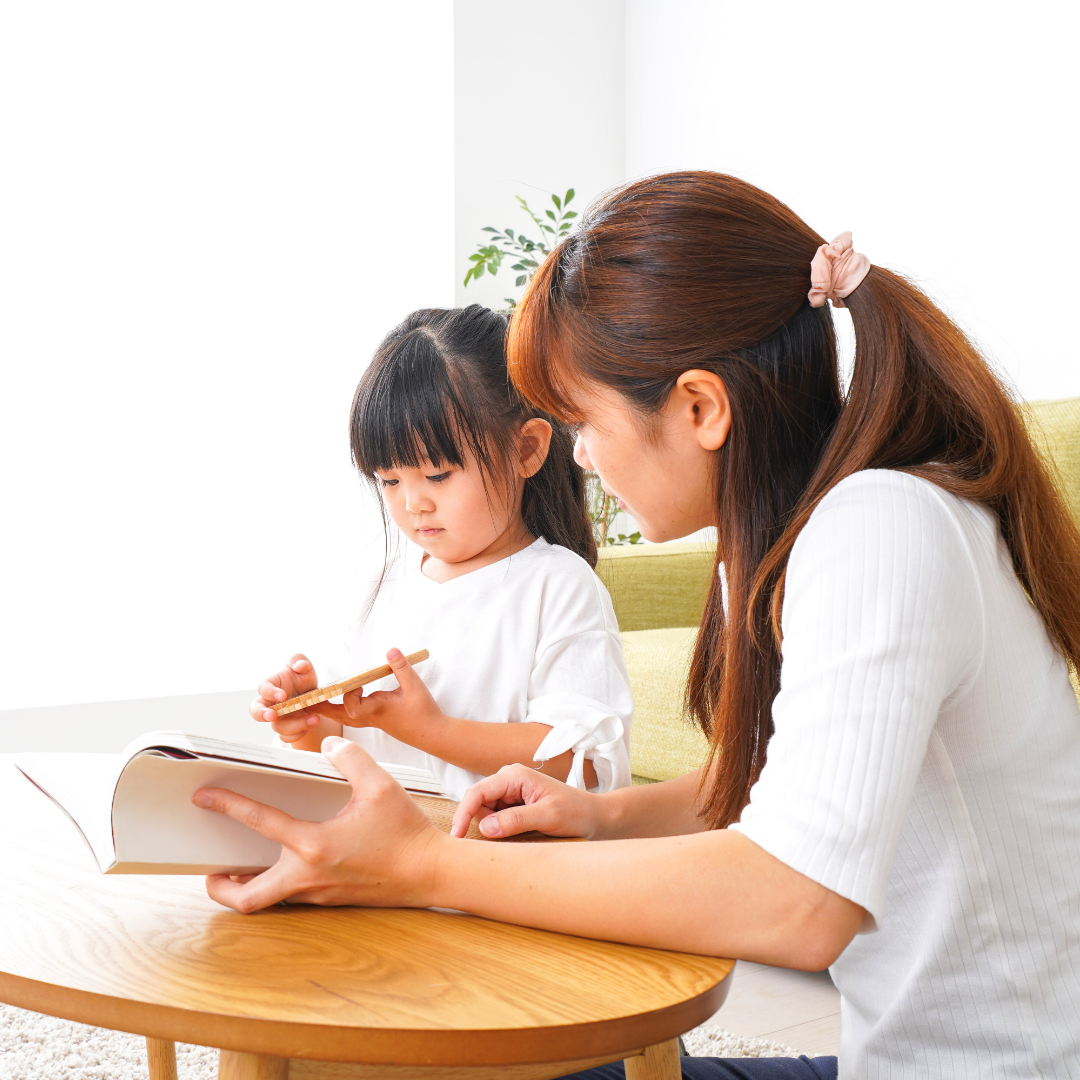
Dr. Laura Radziwon shares how to realistically apply positive parenting techniques, guided by science and the writings of Saint John Bosco.
Positive parenting, gentle parenting, respectful parenting, attachment parenting, authoritative parenting—these are all phrases to describe the current trend in parenting right now. We all are trying to do our best, but these names and titles and types of parenting can seem overwhelming. For the sake of brevity, I will be using the term positive parenting, but rest assured that the following tips are ones that fall under all the above titles of parenting.
Positive parenting increases a child’s confidence, self-esteem, and creativity and provides them with the tools needed to make good decisions. This has been found to be true in young children, teenagers, and young adults.
What is positive parenting?
Positive parenting can be traced back to Saint John Bosco’s Preventative Method, written in 1877. In this writing, he states how a child’s character is formed through “reason, religion, and loving-kindness” and harsh punishments “greatly irritate the young and degrade the educator.” Today, it is a method where a child’s needs are fulfilled through positive reinforcement and interactions, and preventative measures to prevent the negative behaviors from occurring in the first place. This helps to give more positive feedback to the child and changes the focus to what the child is doing right instead of seemingly always focusing on the negative and telling the child what he should stop doing right now.
imagine when a child doesn’t know math—we teach them. If they don’t know how to swim—we teach them. Therefore, if a child doesn’t know how to behave at the dinner table or at Mass, we need to teach them. Not punish them. It is about guiding children, lovingly correcting them, and putting the children in a situation where they will succeed.

Positive parenting discourages:
- Long explanations as kids often stop listening and hear “blah blah blah.” (Charlie Brown’s teacher from Peanuts, anyone?)
- Time outs where a child is sent to another room alone, as the child learns that their big emotions are not appropriate or unaccepted. Remember, we all have big emotions and our job as parents is to teach our children how to appropriately handle big emotions.
- Threats such as, “If you do that one more time, I’ll do X, Y, Z.” This usually acts as a dare to the child.
Positive parenting encourages:
- Say yes to natural consequences that can turn poor choices into learning opportunities. For example, if your child refuses to wear a jacket on a cold day and it becomes a power struggle, you can give them choices to either wear it or put it in their backpack. If they choose neither, they will learn the natural consequence of being cold because they chose to not wear a jacket. The child learns on their own what the right decision is, without an “I told you so” moment.
- Encourage specific acts. If your child showed empathy or concern for another child or sibling who seemed sad or upset, point it out and praise them for it. For example, “That was so kind of notice your sister was quiet and ask her if she was okay and offer a hug. I’m proud of you and I hope you are proud of yourself, too.”

How to do it in the real world?
Positive parenting fosters respectful relationships built on clear expectations. When kids feel a strong connection to their parents or caregivers, they’re more likely to behave appropriately and grow up to be resilient, confident, caring, and responsible adults. Even if you’re in the season of three kids under 4 years old or four teenagers in the house, here are some real-world tips:
- Be pre-emptive. Don’t go to the grocery store or an errand at dinner time (unless you bring a snack for them). Tending to basic needs like this can help minimize meltdowns.
- Find ways to for your child to channel their natural inclinations. For example, if you notice your child is getting antsy, offer an opportunity to "get their sillies out" or to go for a run before a long car trip or before Mass.
- Prepare your child with how a new situation will be and practice or explain what will be happening and what is expected of them (and everyone else).
- Stay present and connected with your child. Most times, children act out to seek attention from their caregiver or parent.
- Empathize with them. Most times, children just want to know that they are heard. They don’t want a solution (at least not right away). For example, “Wow. I can see you’re really frustrated right now because your sister has the toy that you want. You know, that’s happened to me too and I know how frustrating that can be.” Sometimes, that is all it takes. Other times, it is simply a good starting point to calm them down to get them into problem solving mode.
- Don’t forget to channel your silly side with your child! One of the easiest ways to connect with our children is to be silly with them. For example, for elementary school children or toddlers, “Do you want to hop to the car or run like a cheetah?” gives them the opportunity to be silly and gets the kids to the car in a timely fashion like the parent desires. For an older child, giving them the opportunity to do their homework sitting at the table or under the table has worked for families too. The child gets the homework done and the parent has avoided a power struggle. Laughter bonds people together, including parents and children. When this bond is strong and supportive via laughter and fun, children are much more likely to be at ease with their parents, feel safe to express their concerns, and be more willing to follow the direction of the parent.
As the Salesian Sisters of Saint John Bosco say, “Relationship creates the experience; experience is sustained by the relationship.” Parents and caregivers, you have been entrusted with these beautiful souls to disciple and teach them the ways of reason and loving kindness. Enjoy the experience of creating a fun, fulfilling, and positive relationship with them.

Copyright 2022 Laura Dimler Radziwon
Images: Canva
About the Author

Laura Dimler Radziwon
Laura Dimler Radziwon, Ph.D. is a military wife, mother of 3, developmental psychopathologist, and college professor. She studies how child development, parenting, and mental health work together during times of transition. Outside of that, she enjoys spending time in the sunshine with her children and rescue dog, reading too many books at once, and challenging her husband to a game of Scrabble.


.png?width=1806&height=731&name=CatholicMom_hcfm_logo1_pos_871c_2728c%20(002).png)
Comments